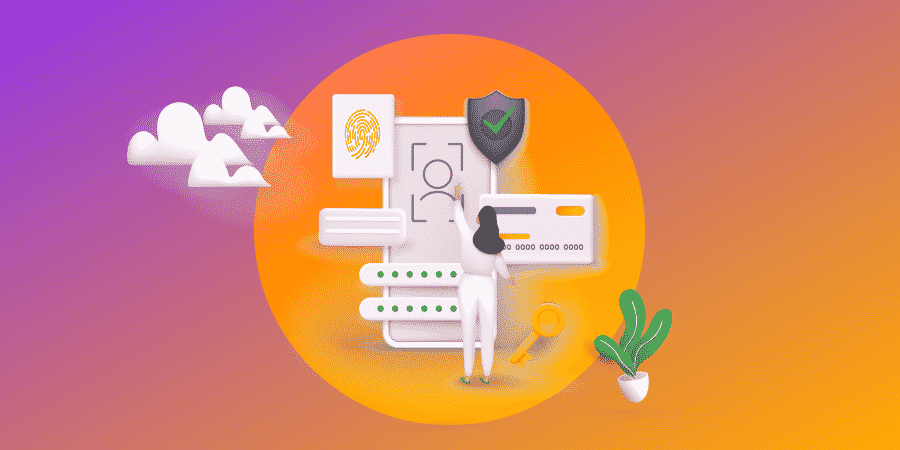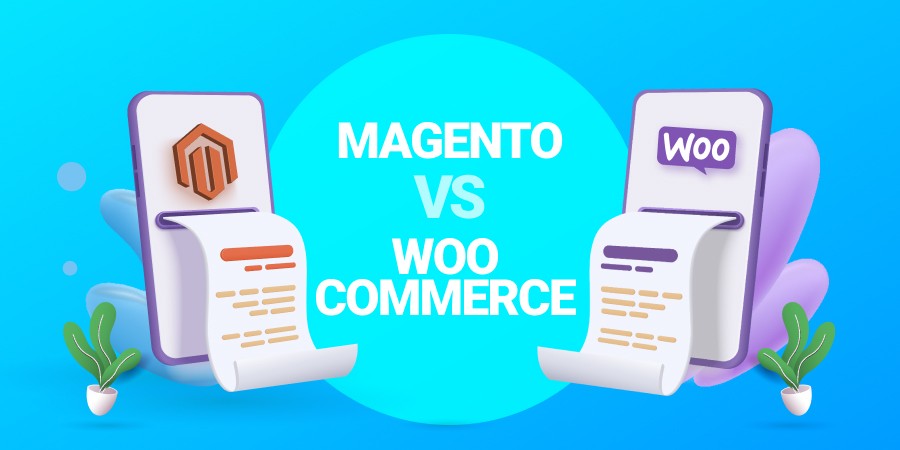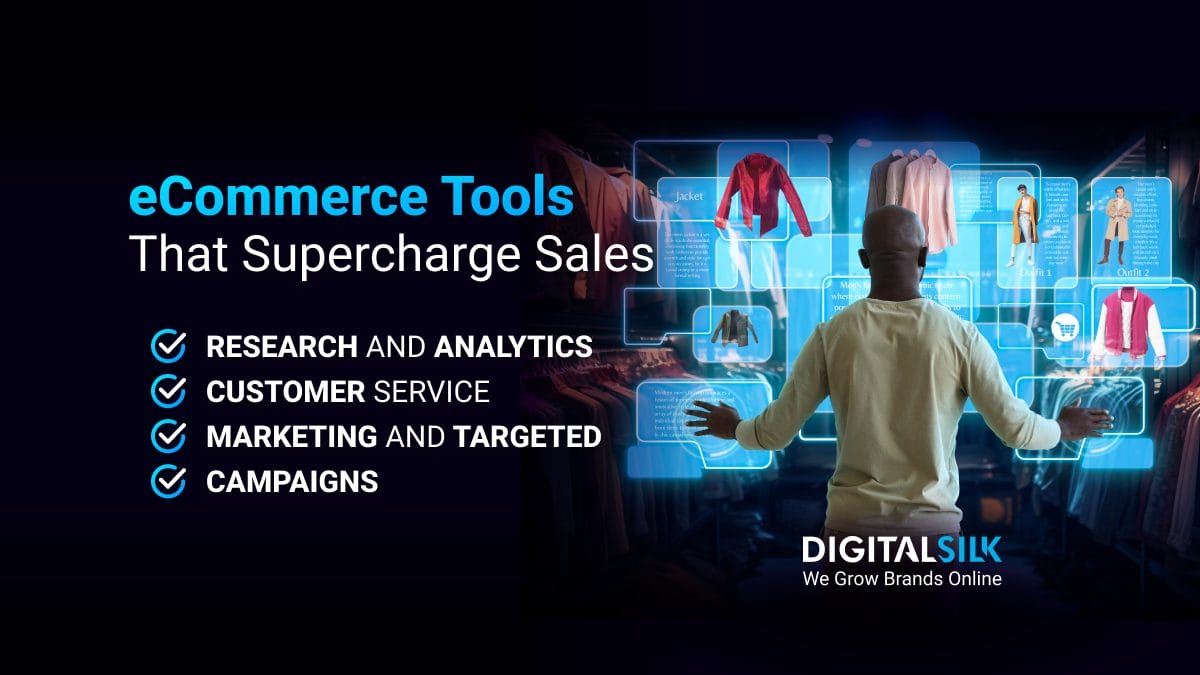A minimum of 47,000 chain stores throughout the U.S. temporarily closed their doors at the beginning of the pandemic, increasing the demand for online services.
With the introduction of social distancing and self-isolation measures across the globe, it’s no surprise that consumers adjusted their shopping habits.
The need to shop online is a natural boon for eCommerce in some sectors. Companies that allow consumers to conduct their shopping from home have an opportunity to increase their audience.
It is all about recognizing and responding to shifts in consumer needs. The COVID-19 pandemic has altered online shopping habits in several ways. And many new trends are here to stay.
In this article, we’ll share insights on how these are affecting eCommerce brands and how your businesses can adapt.
Digital Silk builds custom e-stores. Request a quote
1. New Shopping Habits Redistributed Consumer Loyalty In eCommerce
With limitations in place, the number of adults in the U.S. who tried and liked online grocery services doubled.
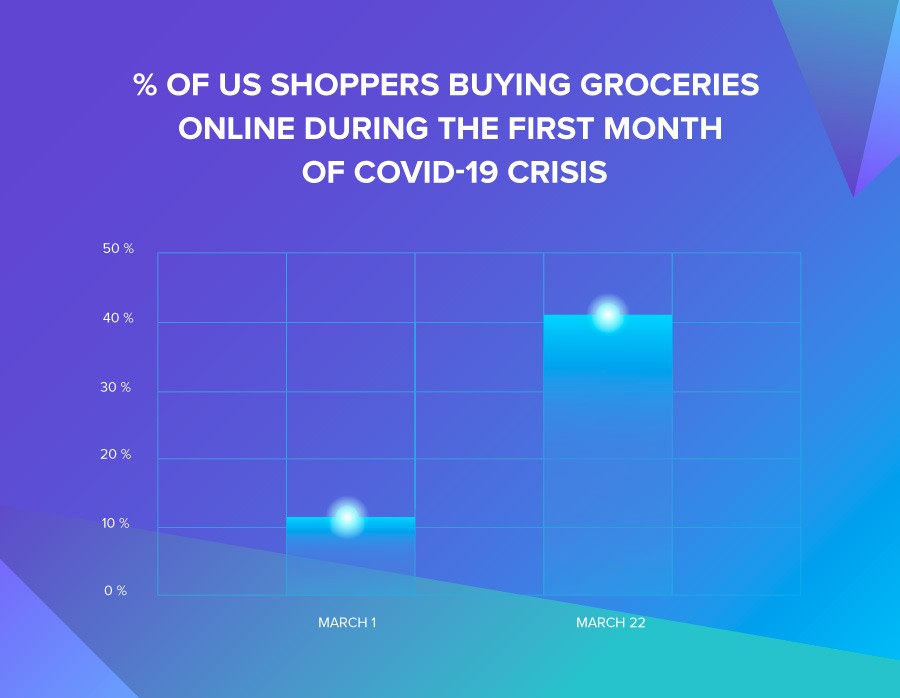
A Nielsen study showed how quickly consumers were able to digest and process new information pertaining to the outbreak, then make spending decisions linked to the news.
It can cost seven times more to acquire a new customer than retain an existing one, and the bump in customer acquisition due to the current challenges can be a financial opportunity for your brand. By putting new strategies in place, you can work to retain new customers who found your store during the pandemic.
Shopping online, especially for staple items, has become the new norm during the lockdown, creating a habitual pattern of online purchases for consumers.
When consumers form habits during unexpected times, specialists claim that those habits tend to stick long after the abnormal time has passed. Experts say it takes 21 days to build a habit, and we were well past that time frame during the pandemic.
Speak with our experts. Schedule A Consultation
2. Coronavirus Spurred eCommerce Growth For Certain Sectors
Certain segments that cater to the lifestyles of socially-distanced consumers, notably digital entertainment and essentials, will continue to see growth.
There is increased demand for subscription and membership services such as Netflix, Spotify and Twitch. In anticipation of this surge in demand, the European Union actually made a deal with Netflix to slow their speed of delivery by 25% to ensure broadband networks could perform properly.
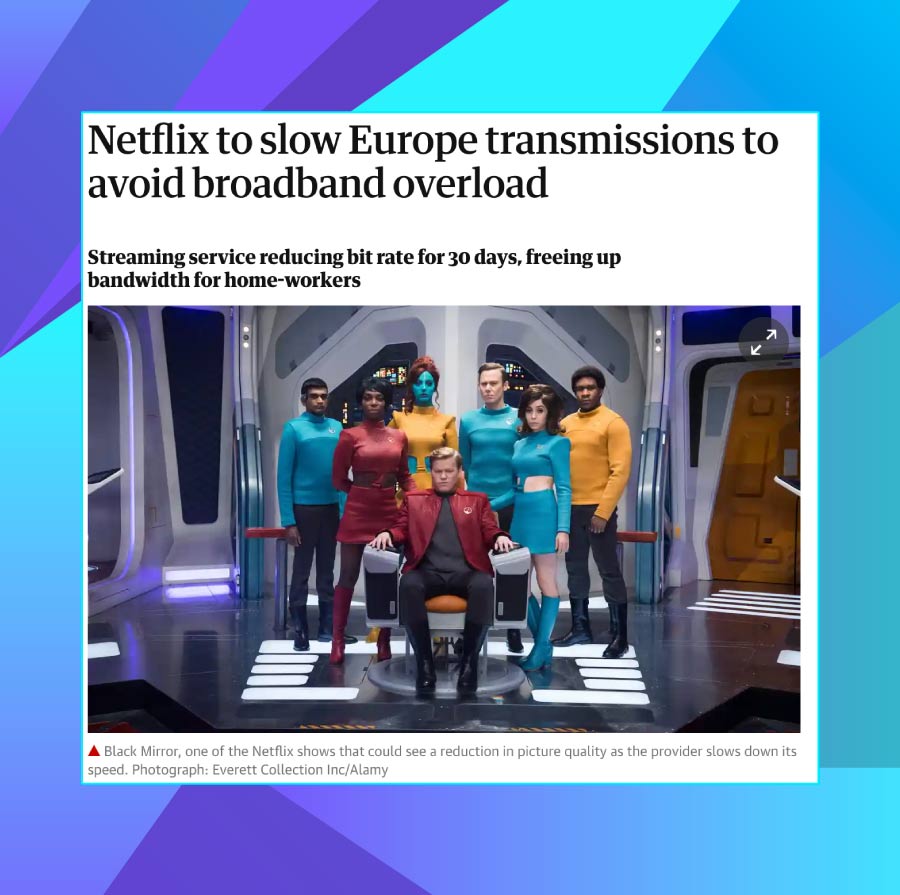
Subscriptions to services that increase the convenience of purchases that are now made online are also seeing demand, though companies like Amazon (Amazon Prime and Amazon Fresh) are struggling to keep up with the influx of orders.
Similarly, there has been growth in tools that facilitate digital communication and work-from-home, such as Zoom, and online retailers that accommodate self-isolation and social distancing.
For example, “new essentials” that have emerged include sporting goods, office supplies, home improvement supplies, toys and more.
As people have to work, eat, parent, entertain and exercise from home, certain retail items have become more important.
3. Consumers Began Spending More Time On The Computer, Indicating A Shift For Mobile-First eCommerce Brands
While mobile optimization remains an important front for eCommerce platforms, the pandemic showed an increase in visitors to websites instead of apps, per an analysis by The New York Times.
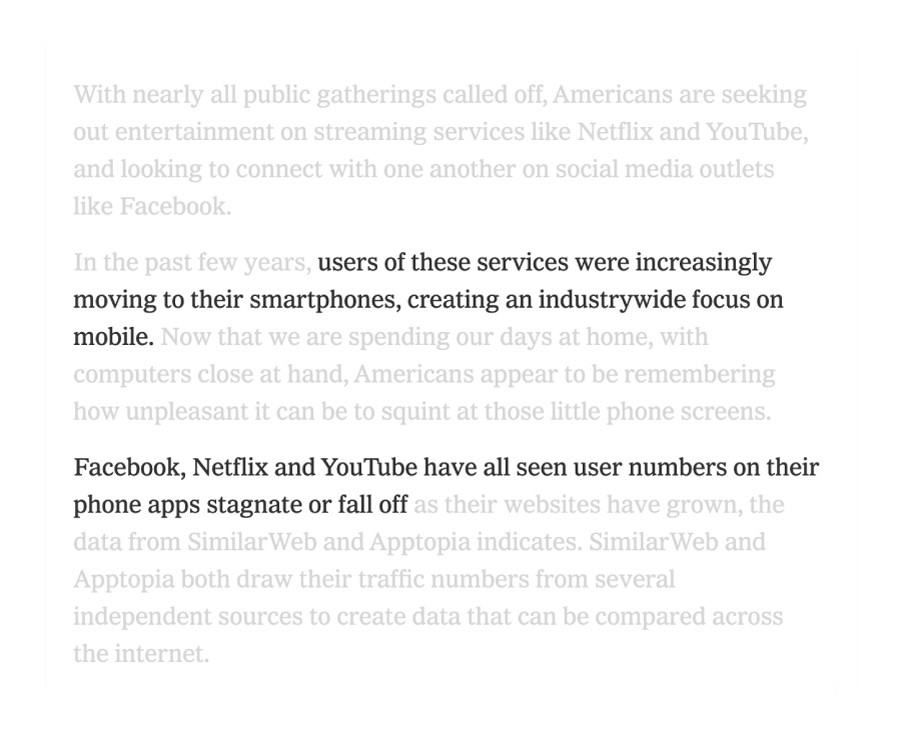
People were largely confined to their homes and spending more time on their laptops and desktops than they used to and less time on mobile devices which are more convenient when you’re, well… mobile.
Reporting and analysis on digital optimization have pointed to a mobile-first user base for years. A crisis like this proves that, while the need for mobile optimization is still there and will bounce back, we should not overlook desktop.
It’s key to have a website that can handle the increase in traffic, since 47% of users expect a maximum of two seconds loading time for an average website.
Take advantage of the increase in site visitors and create an engaging website experience for those users. 59% of consumers will engage with content that’s well-designed and attractive.
Speak with our experts! Schedule A Consultation
4. Shopping Priorities Changed
Research into shopping behavior found that as a result of the COVID-19 crisis, consumers’ priorities changed.
When shopping before the pandemic, consumers’ main priorities were:
- Quality (48%)
- Price (47%)
- Brand (24%)
When shopping during the pandemic, consumers focused more on:
- Availability (49%)
- Price (36%)
- Quality (34%)
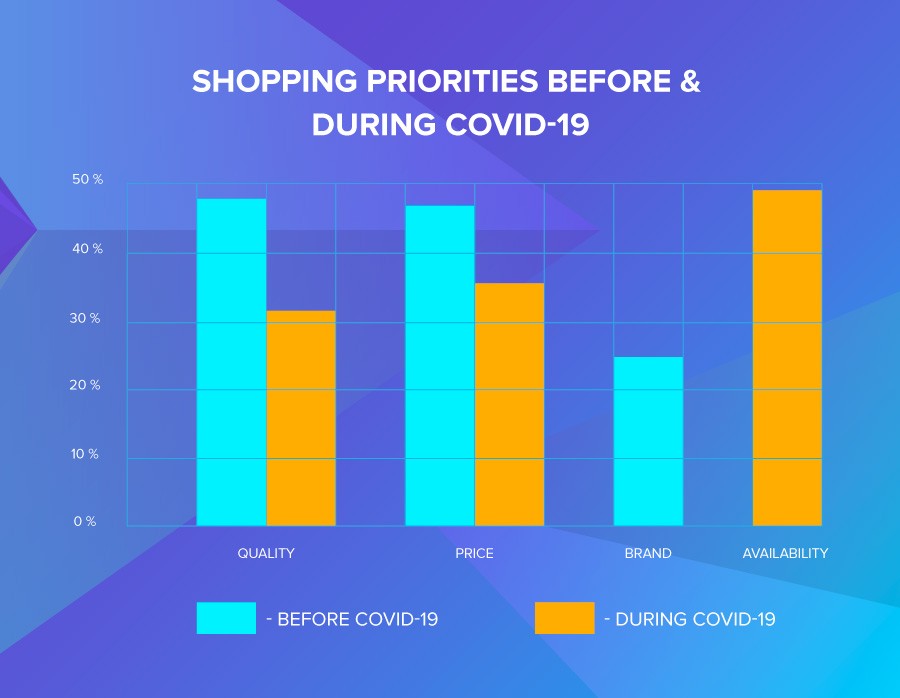
Considering the fact that 58% of consumers have experienced product shortages in stores, this doesn’t come as a surprise.
This presents an opportunity for your brand to expand your market and reach new potential customers since consumers will try new products that they haven’t used before.
To reach them successfully, target wider audiences.
Adapting To New eCommerce Trends In User Behavior: Two Ways To Adjust Your Strategy
Online sales have been increasing since before the crisis. The crisis only accelerated this growth, so we can expect eCommerce to continue growing in size and value post-crisis.
Retail eCommerce sales globally amounted to $3.53 trillion in 2019 and eCommerce revenues are forecasted to reach $6.54 trillion in 2022.
Therefore, if your business has not yet created an online store – it’s time to set up shop. And if your current e-store is outdated, complicated, slow or unable to scale, it’s time to upgrade your solution.
With the surge of consumers looking to buy online, the pool of prospective customers is larger than ever. Benefit from taking this opportunity to engage with new audiences. Building a relationship now can have a lasting effect on sales and customer retention.
Adobe’s John Copeland acknowledged the long-term value of meaningful engagement now. “Companies need to pay extra special attention to their digital and eCommerce experiences right now,” says Copeland.
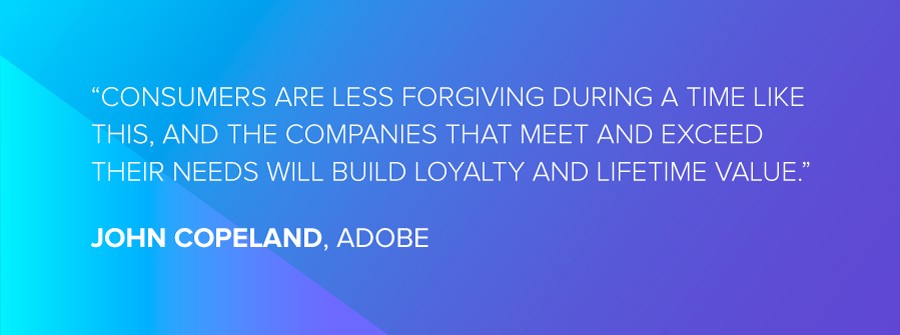
The current demand is also a great chance for smaller brands to make their mark, as consumers look for alternatives to overloaded services like Amazon.
So what are the two main focus points for your brand? Create a high-quality online shop and engage effectively with consumers.
These Are The Shopping Habits That Remained Post COVID-19
Consumers who started shopping online more frequently or shopping for new products like groceries and other household staples have created a lasting habit – one you can benefit from as an eCommerce brand.
We see continued growth in subscription-based and premium models that provide consumers with either entertainment or ‘front-of-the-line’ access to staples.
It’s safe to say that eCommerce has taken off. It’s indisputable that online shopping has and will continue to grow and overtake traditional retail, with COVID-19 being a catalyst for that change back in 2020.
The opportunity for eCommerce brands to jump on this change and build a relationship with consumers is immense. Taking some strategic steps now can pay off in the long term for eCommerce brands big and small.
"*" indicates required fields




